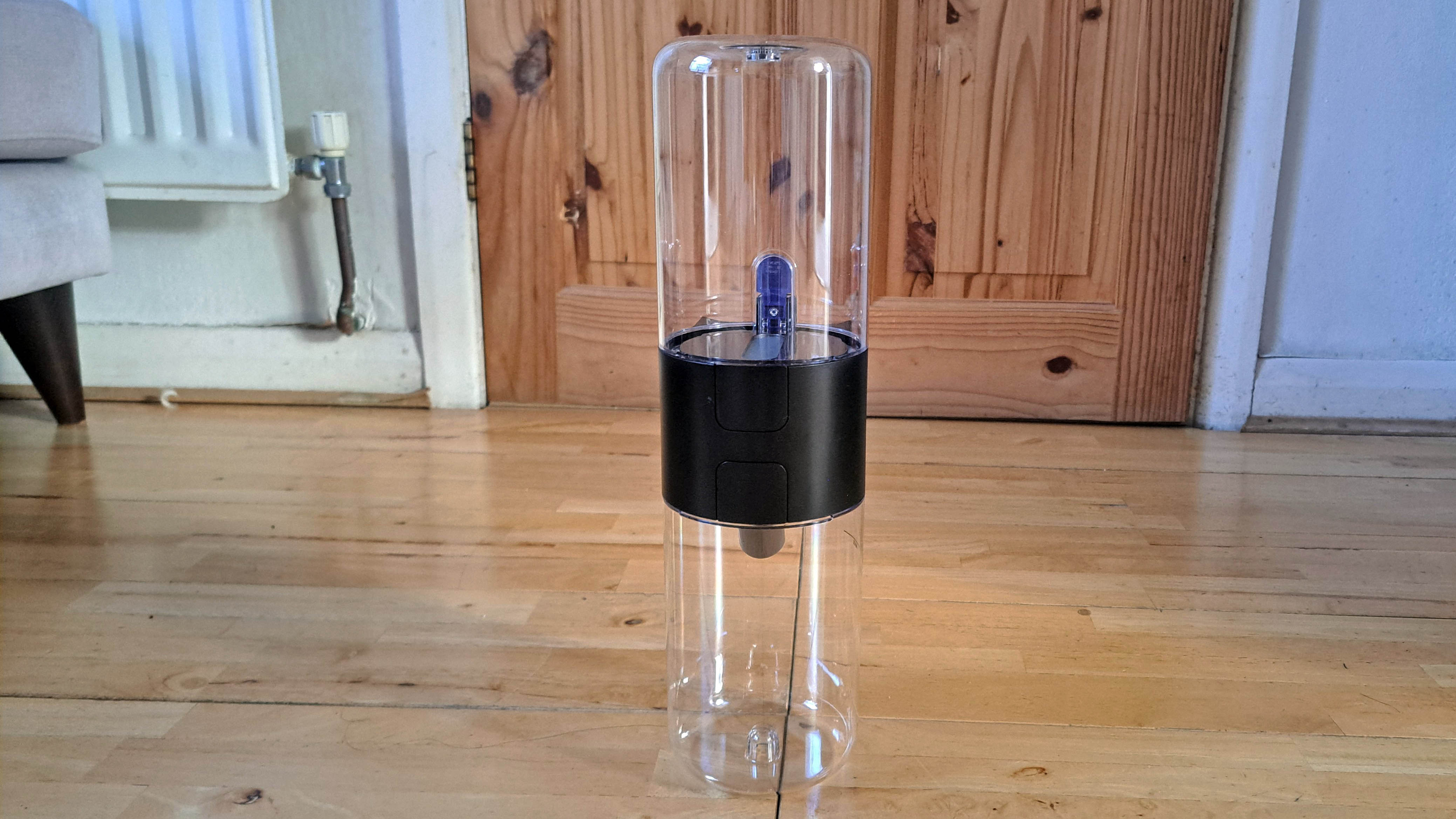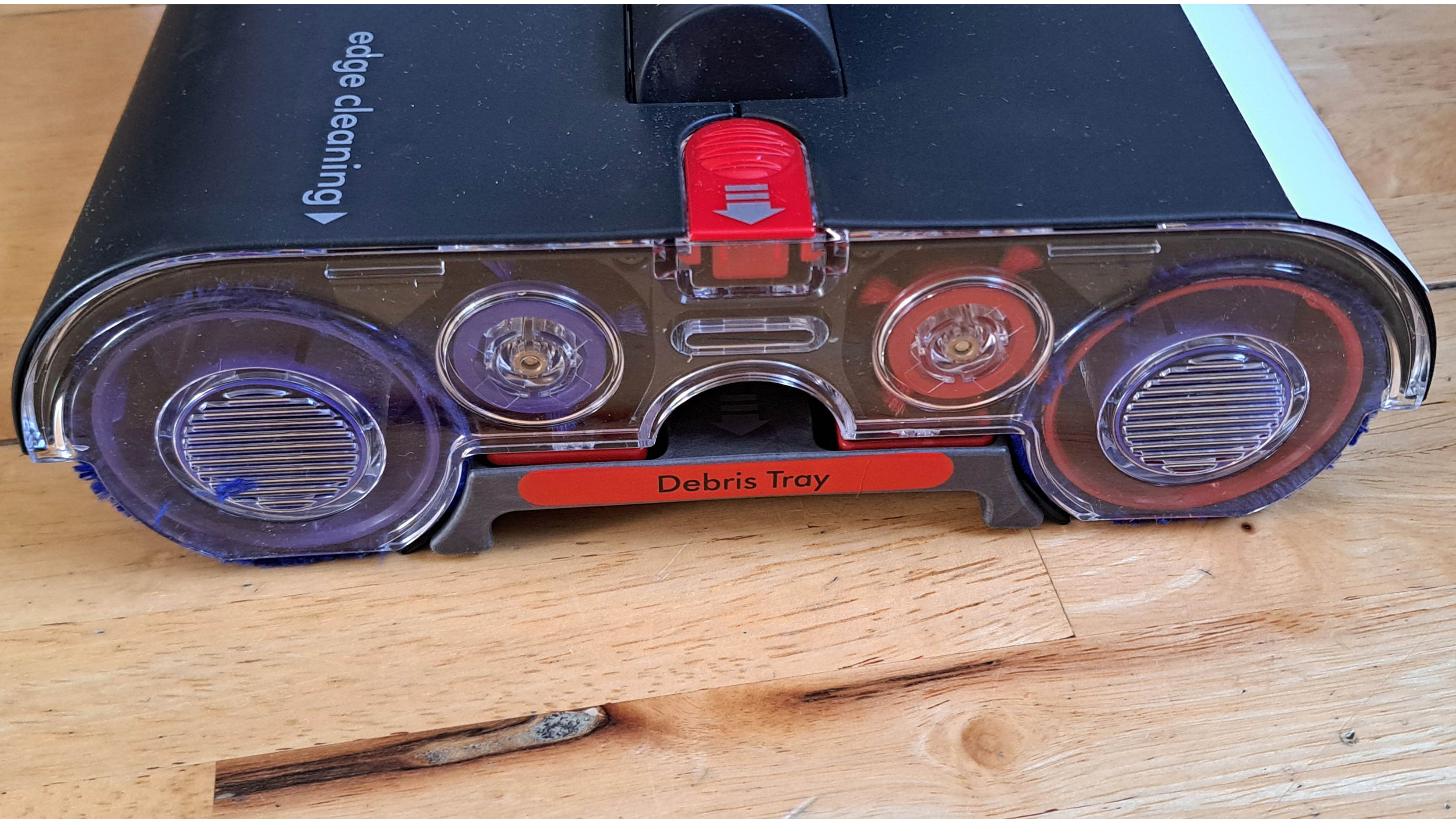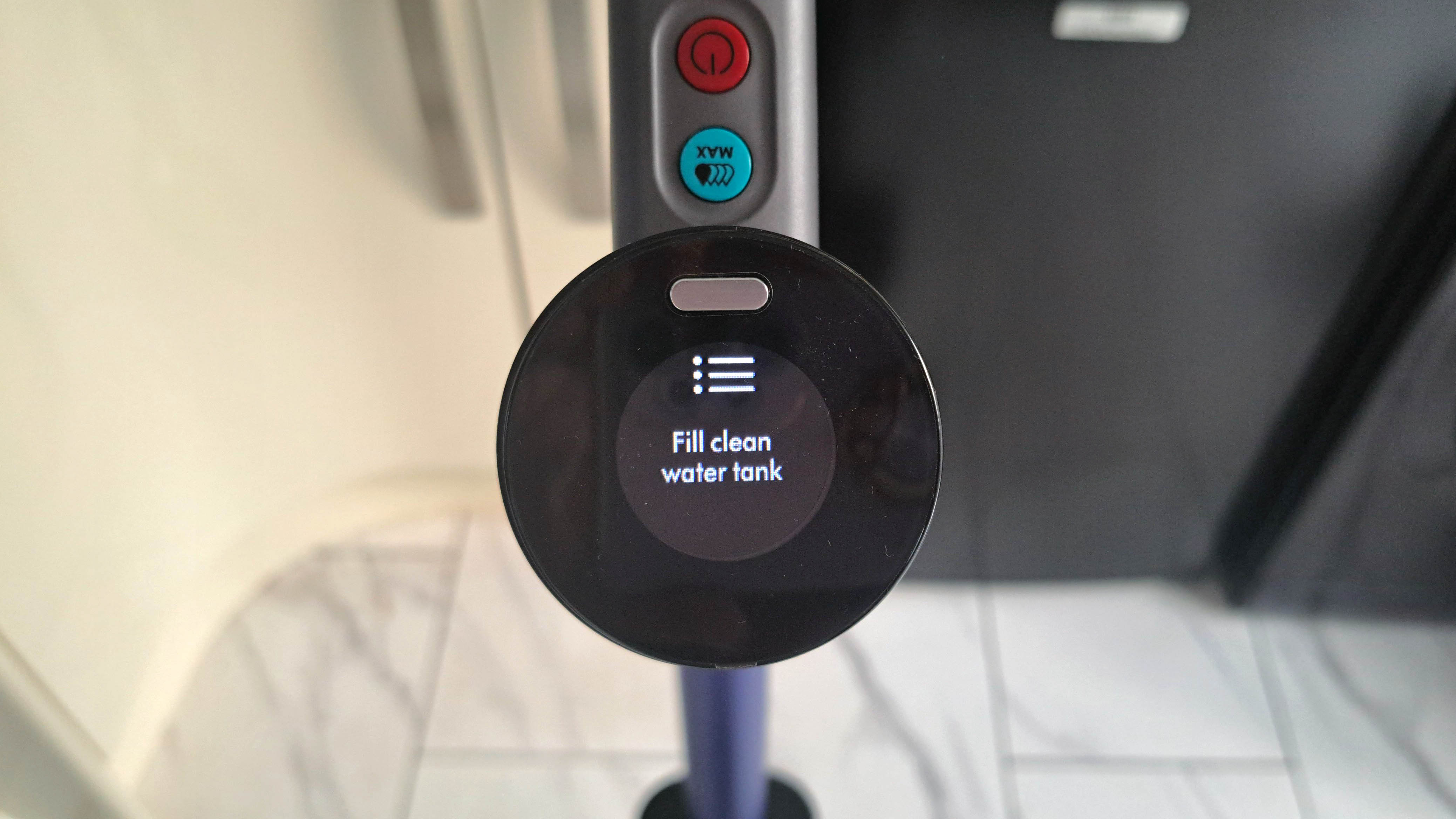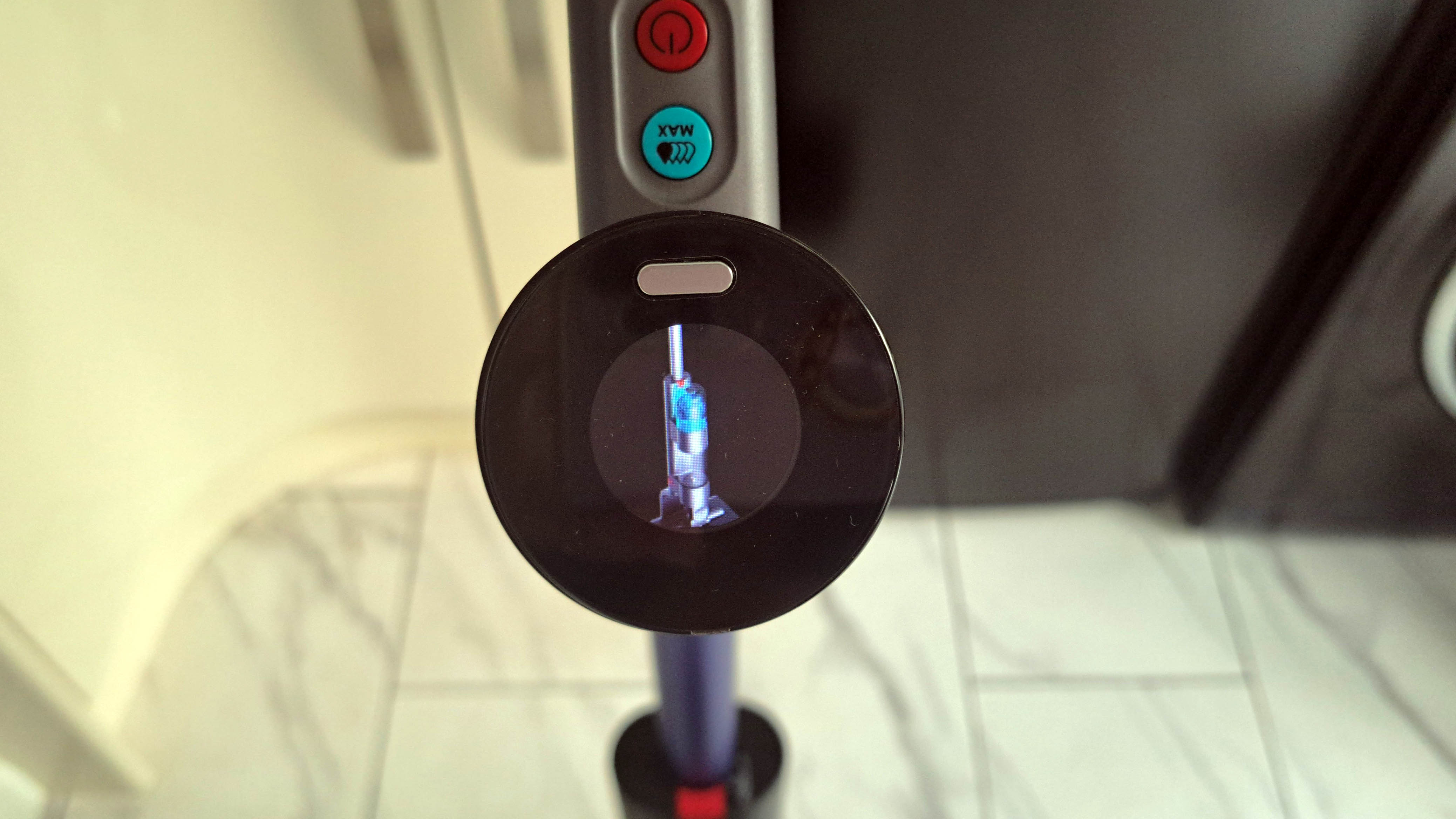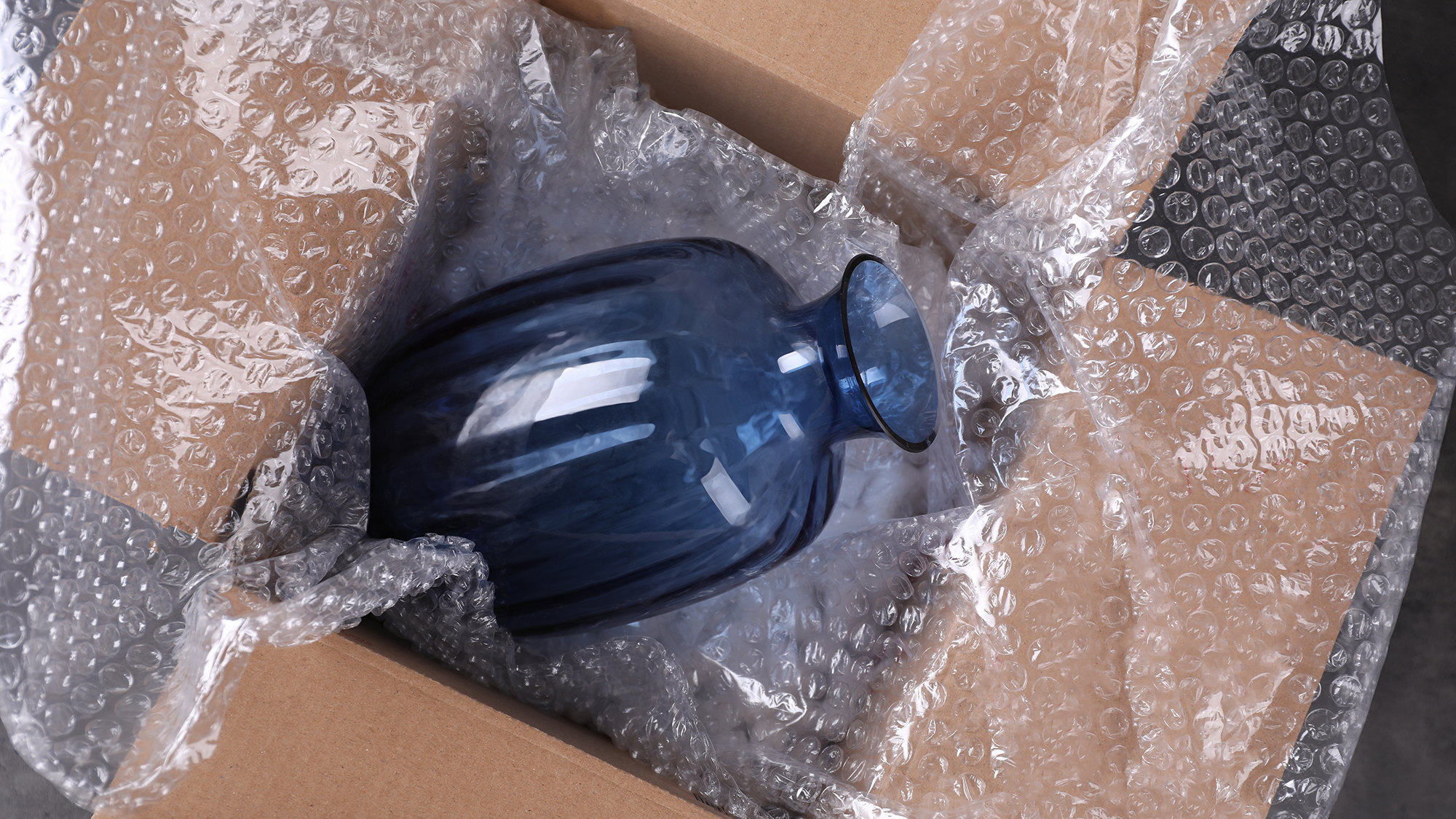Dyson WashG1 wet floor cleaner review: the best washer vacuum for hard floors
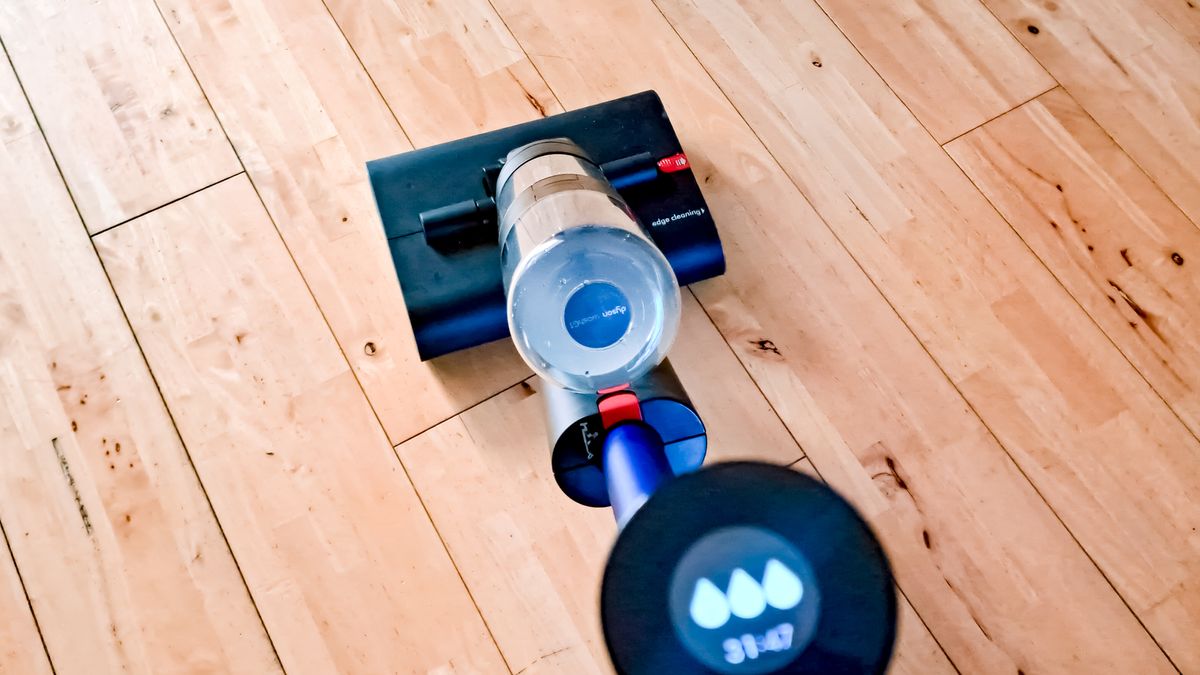
Specs
Type: Cordless stick vacuum/bagless
Weight: 4.9 kg/10 pounds
Cleaning modes: 3
Clean water tank capacity: 1L
Dirty water tank capacity: 0.8 L
Battery runtime: Up to 35 minutes
When it comes to investing in one of the best vacuum cleaners, Dyson is a name that has firmly made its mark. And despite being a market leader for its incredible cleaning power, advanced filtration and innovative features, it hadn’t quite made its mark in the rising wet floor cleaner market – yet.
So, I was excited when the brand finally launched the Dyson WashG1 — the company’s very first wet and dry cleaner exclusively for hard floors. As someone with mainly hardwood and tiled flooring around my home, the task of filling up a bucket with water and mopping floors proved to be a time-consuming chore. Plus, having to keep emptying and refilling a bucket always seemed like such a waste of water.
After testing and reviewing washer vacuum cleaners like the Tineco Floor One S5 Extreme Wet-Dry Vacuum Cleaner, I can certainly see the benefits and convenience of having a 2-in-1 machine that does all the hard work for you.
Technically, it’s not the first time Dyson has attempted to solve this problem. The Dyson V15s Detect Wet/Dry Vacuum Cleaner, was able to wash floors, but with a separate wet/dry, motorised roller head attachment only. However, while this was handy to quickly clean up messy spills and debris, the small water tank capacity wasn’t sufficient to cover an entire house.
The WashG1, on the other hand, has a larger tank that automatically separates debris from dirty liquid waste and claims to have a coverage of up to 290 square meters. What’s more, it has an automatic, self-cleaning cycle, to ensure it’s well-maintained.
With such promising features, I was keen to see how well the Dyson WashG1 could tackle my hardwood floors. And whether it’s good enough for me to finally ditch my mop and bucket.
Dyson WashG1 wet floor cleaner review: Price and availability
The Dyson WashG1 Cleaner is currently available in the UK, and can be purchased directly from Dyson.co.uk for £599. And while we are still awaiting a launch date in the U.S, it will be available to buy for $699.99.
Dyson WashG1 wet floor cleaner review: Design
The Dyson WashG1 has a sleek and modern design, in a Ultra Blue/Matte Black color. Despite its streamlined look, it does weigh a hefty 10 pounds, however, this is mainly due to its larger water tank capacity. Its capsule-style, water tank is divided into two parts — one for the clean water (1L), and the other for dirty waste (800ml).
Similar to the Dyson V15s Detect Submarine, the WashG1 works from counter-rotating motorized rollers (instead of vacuum suction), to shift and remove spills, debris, and stains in one swoop. It also has a debris tray that slides out to empty after use.
Its handle has two button controls above an LCD screen that gives you real-time information about when to fill the water tank, levels of hydration and battery indicator. Another convenient feature is the self-cleaning mode that runs for about two minutes, to wash the rollers before your next floor clean. Impressive! To do this, you’d have to set this on the charging stand.
Overall, it’s an attractive, slimline washer that is easy to store — although you might struggle carrying it around a large home, or up and down stairs due to its weight.
Dyson WashG1 wet floor cleaner review: Ease of use
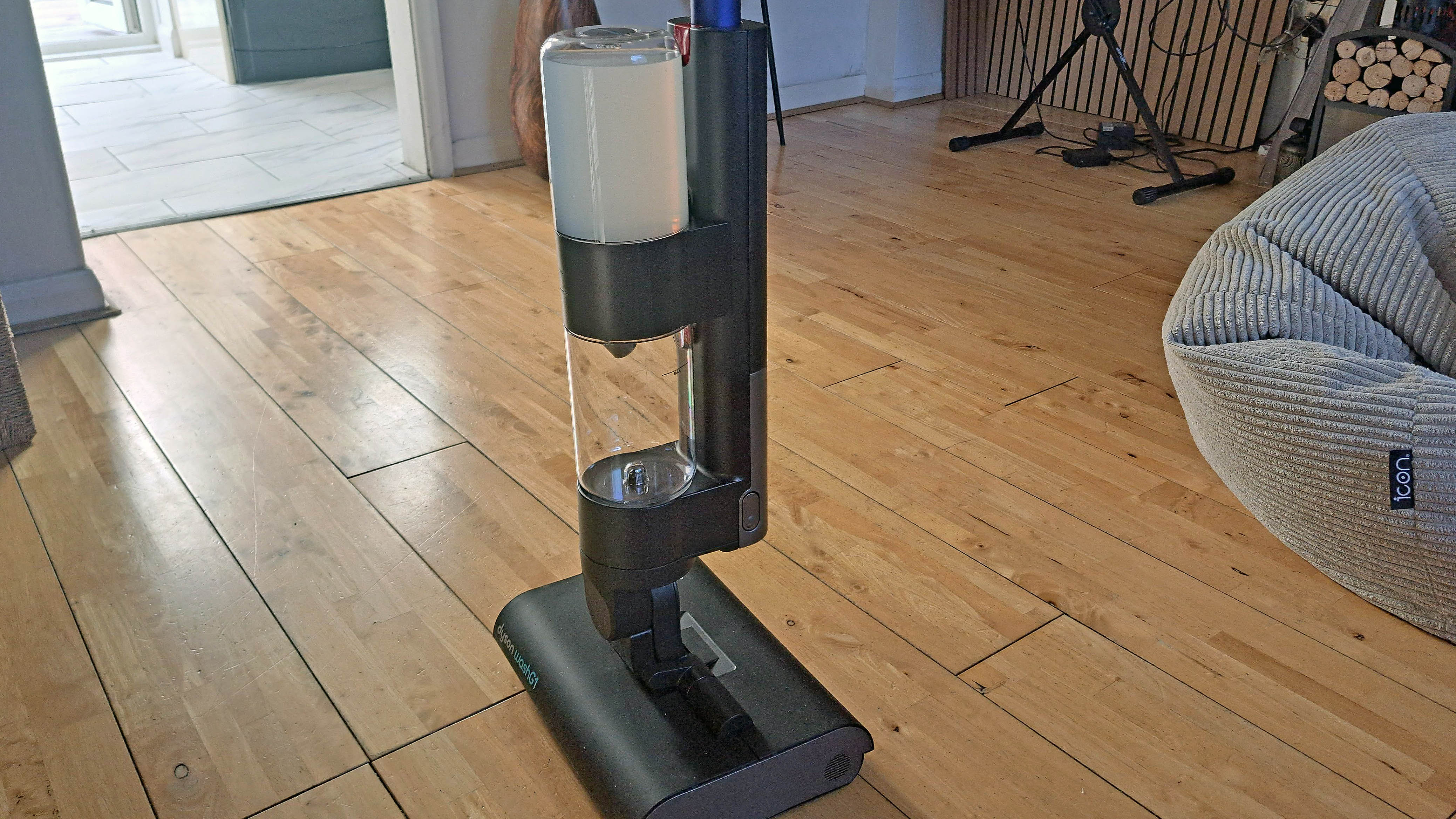
If you already own one of Dyson vacuum cleaners, the WashG1 is just as easy and fuss-free to set up. It’s quick to assemble with just two parts (the body and handle), and you simply click-and-lock its signature red buttons — pressing down to take apart.
There are no complicated instructions, but if in doubt, the box lid has numbered diagrams on it to guide you. The power button on the handle turns on the LCD display that gives you basic instructions such as ‘fill clean water tank’, and handy pictures on how to do so.
Just below the screen, that silver button switches between three hydration modes to suit the task — low, medium and high. There’s also a Max mode that you push and hold the blue water droplet button next to the power button to activate.
Filling the water tank is also fuss-free, by unscrewing the lid of the clean water part to fill to the Max line. Then once you attach it back to the ‘capsule’, you click it back onto the vacuum body, and it’s ready to go.
Unlike the traditional mop and bucket, you don’t use boiling hot or warm water. Instead, you only need it at room temperature, and no detergent like dish soap is needed. I did add a drop of disinfectant to the water however, as I still wanted a hygienic floor! This was allowed by Dyson, providing it wasn’t a product that would “bubble up”, and affect the overall results/mechanism.
Then you simply press the power button, set your hydration level and pull the handle/wand down, before it kicks in.
Dyson WashG1 wet floor cleaner review: Performance
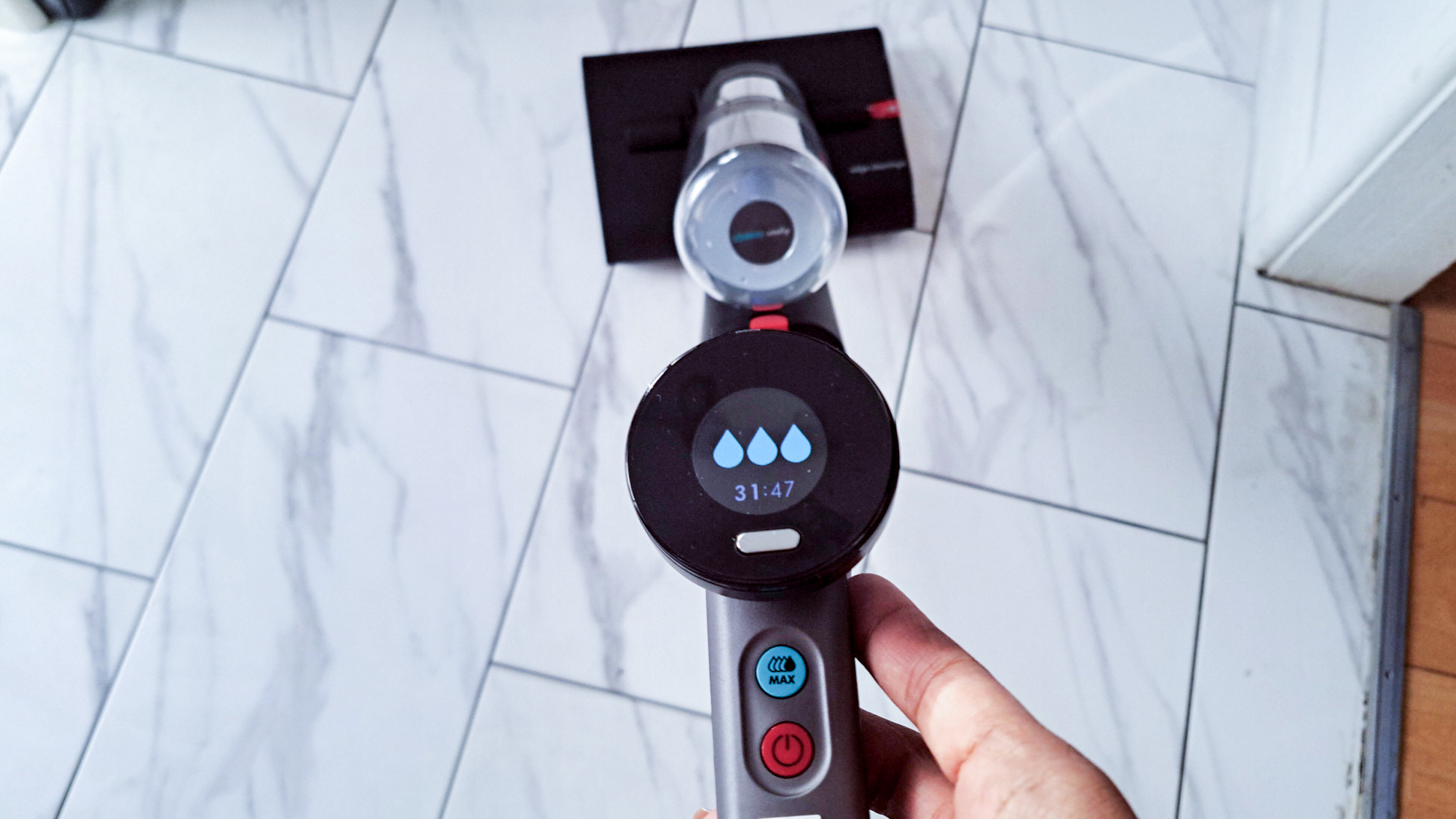
After using the WashG1 around my home for one week, I was very impressed at the cleaning results.
Despite its initial weight, I found the WashG1 a breeze to push across my hardwood floors and kitchen and bathroom tiles with ease, thanks to its responsive power. Its swivel-head mechanism quickly removed surface dirt and sticky stains on my kitchen tiles in two sweeps (without having to see the Max mode).
And while other users had mentioned the issue of grout lines not being cleaned properly, I didn’t experience this problem. In fact, my matte marble tiles were visibly whiter than before, and looked new again.
Since it has edge cleaning, it also tackled the edges of baseboards better than expected. However, I did find it tricky to get into those awkward angles around my kitchen cabinets, and corners properly — where a traditional mop can access easily. Another minor downside is that the bulky head can’t reach under low-rise furniture, and there isn’t a separate attachment that can tackle these spots.
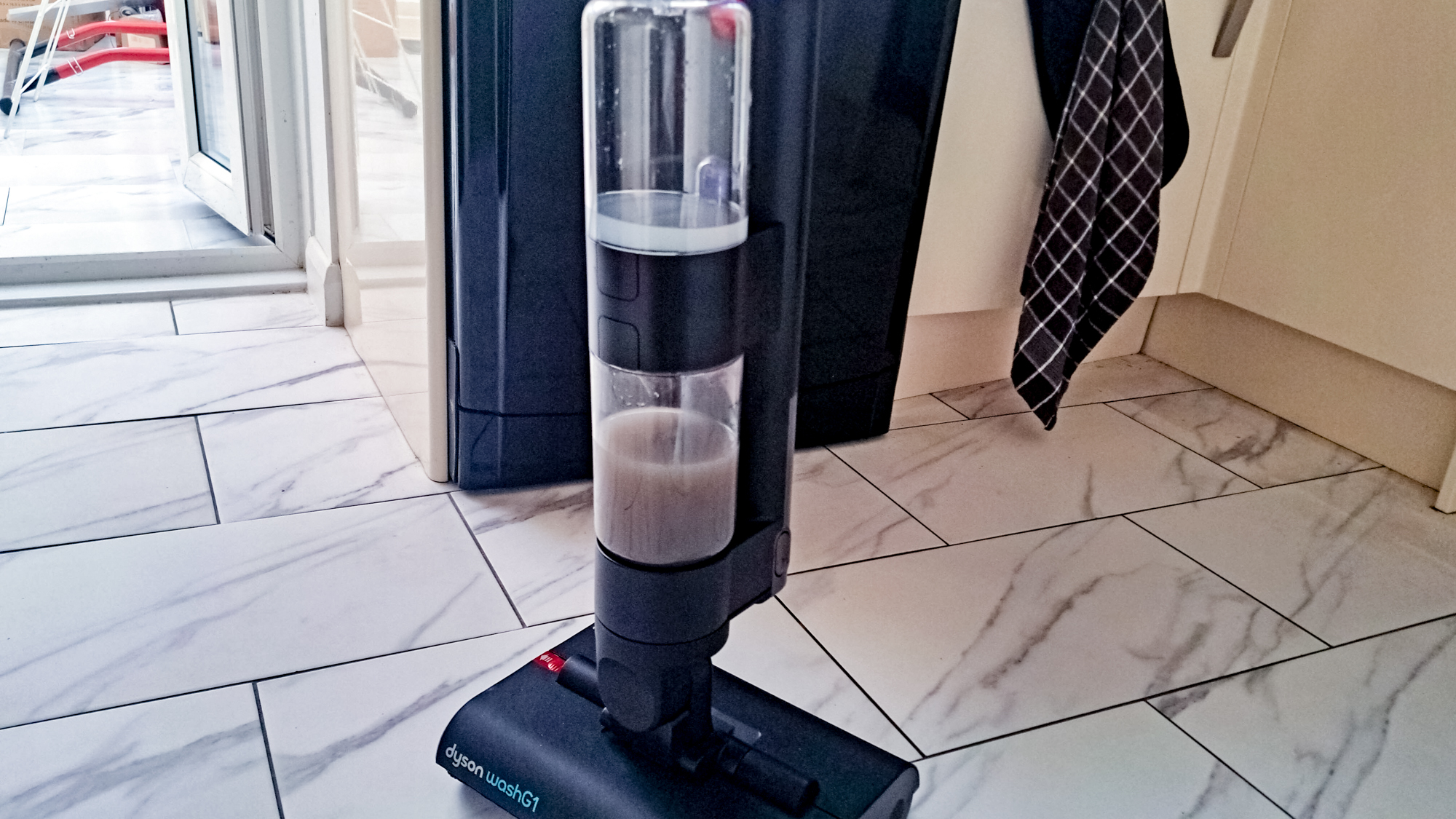
In any case, the WashG1 gave a quick and powerful clean, without leaving unsightly streaks or puddles on the floors. What’s more, the floors had a quick drying time, which is always handy when you have children or pets running around.
At the end of cleaning the whole house, I still had 20 minutes of battery time left, which wasn’t bad for a 35-minute life span. But this will depend on the mode that you set your hydration/water level. I was also left with a dirty water tank to change — which made me realize how much dirt and grime hard floors can easily pick up on a daily basis!
Luckily, emptying the waste water container into the toilet was fuss-free, and your hands will never have to touch the dirty water. The only parts where you might have to get your hands dirty is removing the debris tray to empty, and rinsing the roller brushes that can easily pick up odors if not rinsed thoroughly. However, its auto, self-cleaning cycle is a lifesaver, and will ensure it’s all ready to go for your next floor washing session.
Dyson WashG1 wet floor cleaner review: Verdict
I’ve tested several premium wet floor cleaners on my hard floors, but the WashG1 has to be my favorite so far. First of all, it’s easy to assemble and user-friendly. And there are no complicated features or mod-cons to get your head around.
Like all Dyson products, the WashG1’s key selling point is its impressive power, cleaning performance and sleek design. The battery life isn’t bad either, lasting longer than the expected 35 minutes (on normal mode) — and its self-cleaning cycle is a bonus.
It is a little expensive though, compared to other wet cleaners on the market — and it lacks the more advanced features, such as App connectivity. In addition, it doesn’t clean carpets or rugs, so you’d still have to invest in a suitable vacuum cleaner. However, if you have mainly hardwood or tiles in your home, and are tired of lugging around a mop and bucket each time, the WashG1 is fuss-free to use and will certainly get the job done well.
Source link


